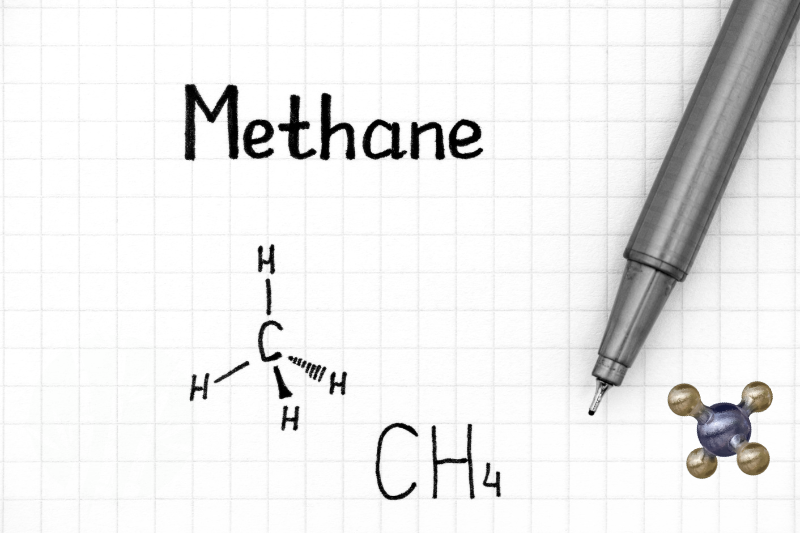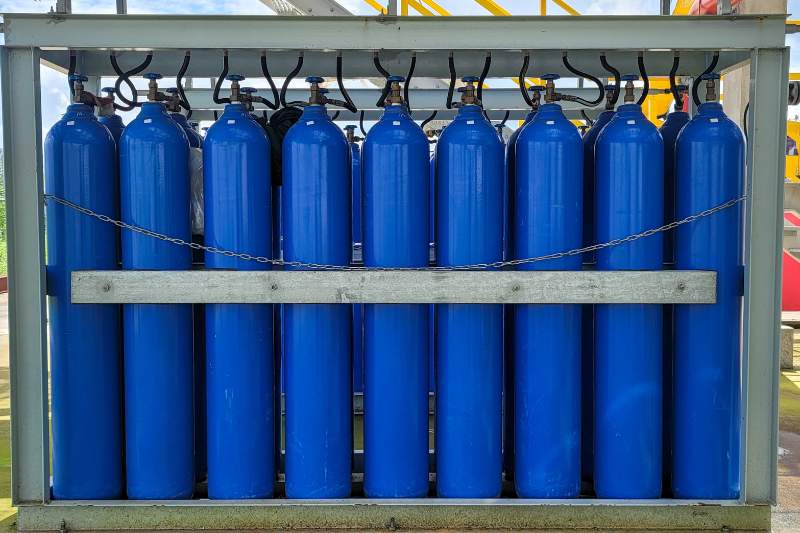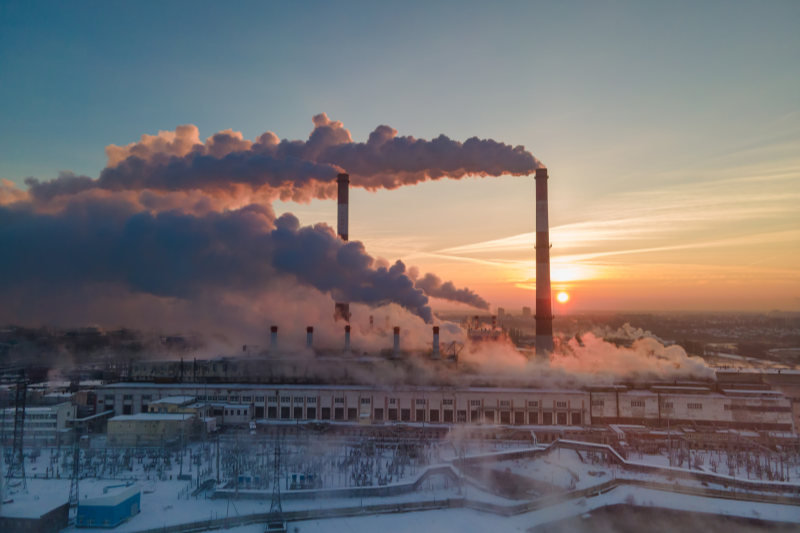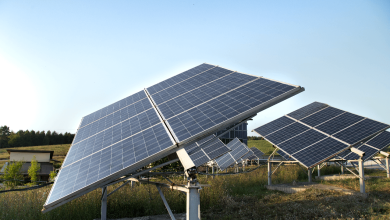Different greenhouse gases can stay in air for different periods: check out duration and potency

Carbon dioxide, methane, nitrous oxide and halocarbons or CFCs (gases containing fluorine, chlorine and bromine) are some of the most potent greenhouse gases that humans emit directly into the atmosphere in significant quantities.
These gases can persist in the air for different amounts of time – ranging from just months to millennia – and bring changes to the climate on very different timescales. Let’s understand the atmospheric lifetime and potency of some of the most common greenhouse gases.
Common GHG and their duration in the atmosphere
1. Carbon Dioxide (CO2)

65% to 80% of CO2 released into the air dissolves into the ocean over a period of 20-200 years. The remaining is removed by processes that take up to several hundreds of thousands of years. It accounts for three-quarters of the warming impact of current human GHG emissions.
2. Methane (CH4)

Methane is mostly removed by chemical reaction, persisting for about 12 years. It is a potent GHG, but its effect is relatively short-lived. Methane accounts for roughly 14% of the impact of current GHG emissions. Compared to CO2, it is more potent for each gram of gas released.
3. Nitrous Oxide (N20)

N20 is destroyed in the stratosphere and remove from the atmosphere more slowly than methane, staying around for roughly 114 years. It accounts for about 8% of the warming impact of current GHG emissions. N20 is even more potent per gram than methane.
4. Halocarbons or CFCs

Compounds containing chlorine and/or fluorine (CFCs, HCFCs, HFCs, PFCs) include a number of different chemical species, each of which can last from less than a year to many thousands of years. Flourinated gases are even more potent per gram than nitrous oxide.
5. Water Vapour

Water vapour is an important absorber of heat energy in the atmosphere, but it does not accumulate in the air in the same way as the other GHGs. It has a very short atmospheric lifetime, of the order of hours to days. Humans add water vapour indirectly to the atmosphere.
READ MORE : China recording rapid emissions of greenhouse gases more dangerous than CO2



